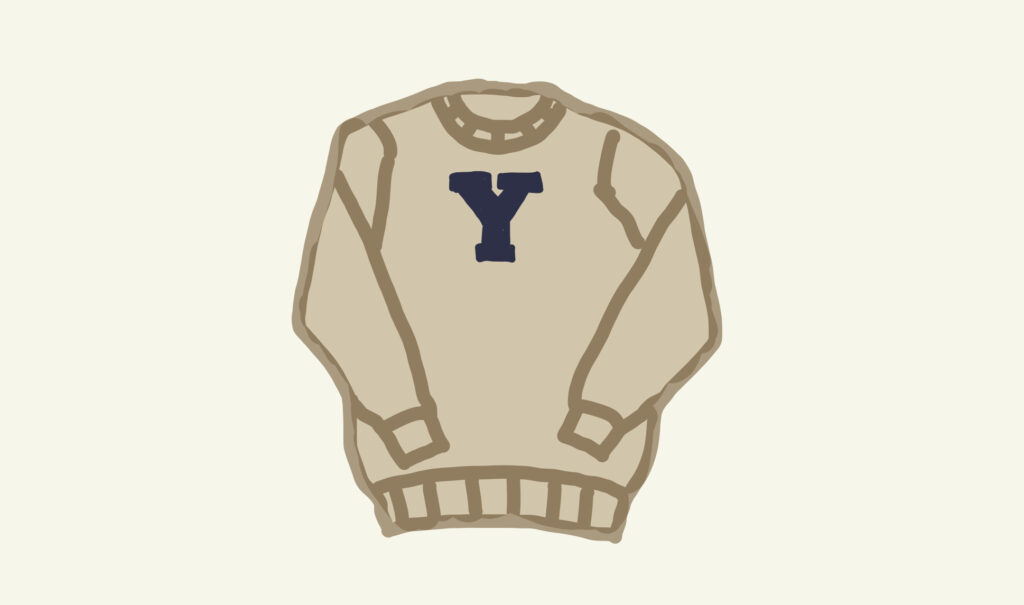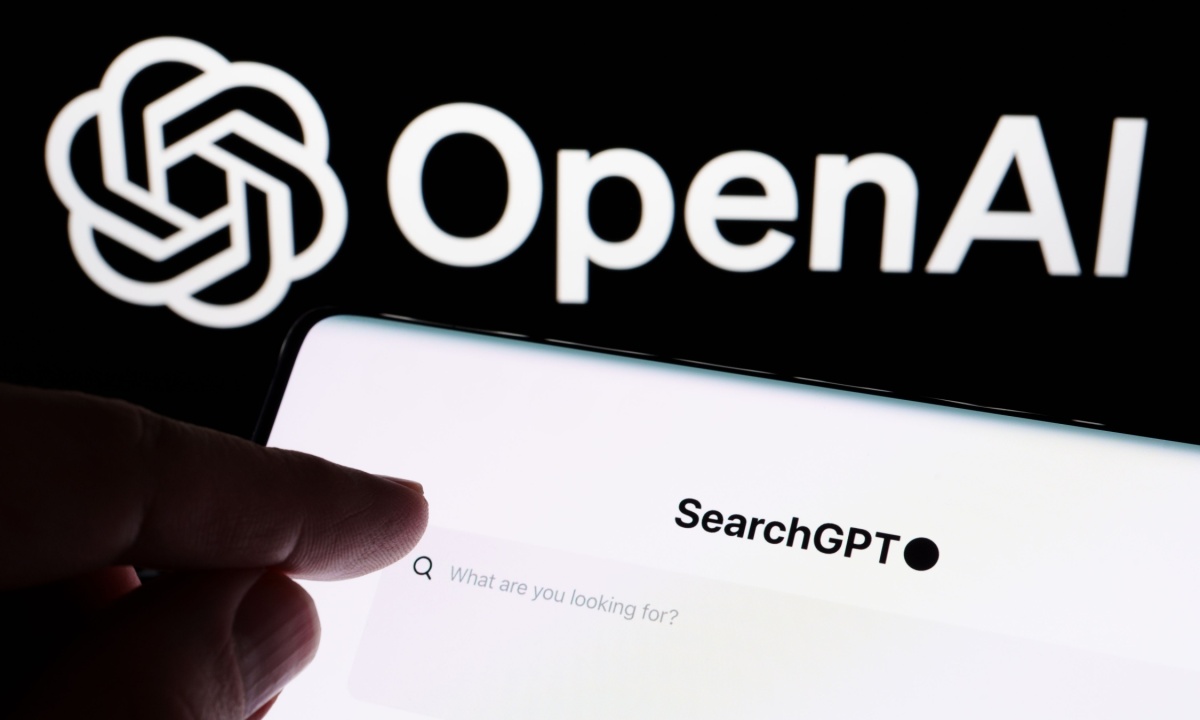Bussiness
The Fed meeting could be the end of banks paying 5% for your savings. Financial planners explain how to lock in rates now.
Affiliate links for the products on this page are from partners that compensate us and terms apply to offers listed (see our advertiser disclosure with our list of partners for more details). However, our opinions are our own. See how we rate banking products to write unbiased product reviews.
- If the Fed cuts rates on September 18, bank account interest rates are likely to decline further.
- Opening a CD for one year or less allows you to keep earning 5% APY for months longer.
- High-yield savings and money market accounts outearn typical checking or savings accounts even when rates decline.
The next Fed meeting is less than a week away, taking place on September 17-18. If the Fed decides to cut rates, savings account and CD rates will likely decline. Even more significantly, though, they’ll start getting less competitive.
Many banks have offered attractive rates like 5% interest savings accounts for over a year now, but that may be ending soon. There are still ways to keep earning high interest rates as rates drop, though. Financial planners have tips and strategies to help you maximize interest earnings for savings in a declining rate environment.
CDs are still worth opening to maintain a high rate for longer
George Salinas, CFP®, CFS®, CRPC™, and financial advisor at Manske Wealth Management, says CDs and bonds are still good options to consider opening right now. Factors like liquidity, timeframe, and overall financial strategy can help you decide whether CDs or bonds are more suitable for you.
Due to the current economic environment, short-term CDs are actually more competitive than long-term CD rates, so CDs of a year or less may be appealing to continue earning a 5% APY for a couple of months longer.
Business Insider’s personal finance team monitors the highest bank account rates available. Some of the highest CD rates include the TotalBank 3 Month CD (5.15% APY), Barclays 6 Month Online CD (5.10% APY), Connexus Credit Union 10 Month Special Share Certificate (5.15% APY) and EagleBank 12 Month CD (5.11% APY).
Opening a CD ladder is a CD strategy financial planners recommend as rates drop. In the current rate environment, it lets you lock in several different terms while still paying 5% APY or more. It also provides more ease than a standard CD because your money is spread across terms of varying maturity dates instead of one term length, making easier to take out money without dealing with a penalty.
When it comes to specialty CDs, Nate Hanft, CFP® professional and senior vice president at Wealth Enhancement Group, says there may also be opportunities to maintain a high rate, but it depends largely on the account you’re looking at and its features.
For example, callable CDs can pay a high interest rate, but there’s also more risk involved. Banks can call back the CD before it fully matures. In a declining interest rate environment, it’s also more likely to be called back. Still, in some instances, it may be worth exploring.
“I’ve seen situations where a bank might be offering a callable CD — we’ll use the 12-month example — they can call it in in six months. But I’ve actually seen where sometimes that callable CD is paying more than a 6-month CD is anyway,” explains Hanft.
High-yield accounts remain competitive even when rates drop
If you’re looking for a place to keep your emergency fund, a high-yield savings account is a solid option.
“The added benefit of these types of accounts is that they’re generating interest, as the name applies a higher yielding account versus your typical checking or savings account,” says Salinas.
Even in a declining interest rate environment, the best high-yield savings accounts offer a higher annual percentage yield than savings accounts at brick-and-mortar banks.
Some of the highest-yield saving accounts include the EagleBank High-Yield Savings Account (0.01% to 5.35% APY), Western Alliance Bank High-Yield Savings Premier( 5.31% APY), and BrioDirect High-Yield Savings Account (5.30% APY).
In addition to high-yield savings accounts, Hanft recommends money market accounts for emergency savings. Money market accounts pay similar rates to high-yield savings accounts and are easy to withdraw money from, too.
High-yield savings and money markets can also be good places to put money toward a specific savings goal, like a down payment on a home.
“I’ve actually seen several that are paying you quite a bit more than what even a 6-month or a 12-month CD might be paying you because banks are already kind of pricing in not only maybe the rate cut that might be coming here in September, but maybe even some future rate cuts,” adds Hanft.
Consider other banking options if your rate significantly declines
As bank account rates decline, Hanft says it’s important to make sure that you’re comparing your current bank’s interest rate to other options.
“Different banks raised their rates at different paces, and the same thing will be true as they start to cut rates. You may find opportunity as you shift, whether you’re using your local bank or a community bank,” says Hanft.
Online banks and credit unions, in particular, are more likely to have higher average bank interest rates than traditional brick-and-mortar banks.
If you’re considering switching banks, keep in mind that rates on high-yield savings accounts and money market accounts can change at any time. Your new account’s rate could drop afterward, so evaluate other account features to make sure changing banks is worth it.
When opening a new account, you should also factor in your individual goals and overall financial plan to decide whether your money is in the right place.









